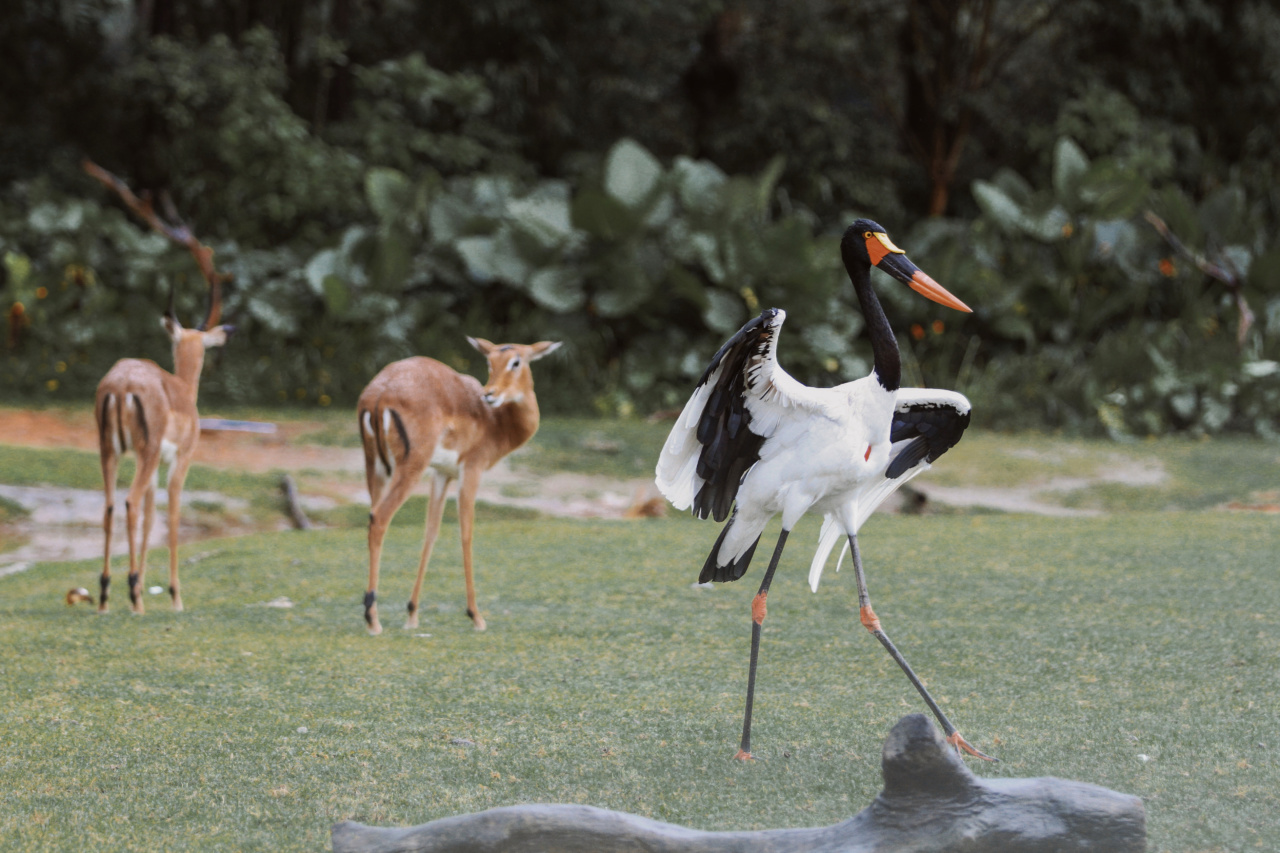Encountering wild animals in their natural habitats can be an exhilarating and awe-inspiring experience.
Whether you’re on a safari, exploring a national park, or hiking through the wilderness, it’s crucial to approach these encounters with the utmost respect and consideration for both the animals and their ecosystems. In this article, we will explore the dos and don’ts of meeting wild animals, offering valuable wildlife etiquette guidelines to ensure responsible and ethical interactions.
Do: Keep a Safe Distance
When in the presence of wild animals, it’s essential to maintain a safe distance to minimize stress and potential harm to both parties.
Always follow the guidance provided by qualified guides or park rangers, as they are knowledgeable about the behaviors and boundaries of the animals in their care. Adhering to their instructions guarantees your safety and contributes to the well-being of the animals in their natural habitats.
Don’t: Approach or Feed the Animals
It may be tempting to get closer or even attempt to feed wild animals, but this can have severe consequences. Feeding them disrupts their natural feeding instincts and can lead to dependency on human food.
Additionally, approaching or touching wild animals can result in injury or the transmission of diseases. It is crucial to respect their space and allow them to carry on with their natural behaviors undisturbed.
Do: Remain Quiet and Respectful
Wild animals are highly perceptive to their surroundings, including noise and human presence. When encountering them, it’s essential to remain quiet and avoid sudden movements.
This not only minimizes stress for the animals but also provides you with a better opportunity to observe their natural behaviors. By being respectful and unobtrusive, you can fully immerse yourself in the wonder of the natural world.
Don’t: Use Flash Photography
Using flash photography can startle and distress wild animals, potentially leading to aggressive reactions or harm to both the animals and humans.
In certain situations, such as during nocturnal encounters, flash photography can also disrupt their natural rhythms and behaviors. Prioritize the well-being of the animals by refraining from using flash photography and opting for natural lighting whenever possible.
Do: Follow the Designated Trails
When exploring wildlife habitats, it’s crucial to stick to designated trails and paths. Venturing off these established routes can cause damage to fragile ecosystems and disrupt the habitats of various animal species.
Additionally, some areas may contain hidden dangers, such as toxic plants or unstable terrain. By staying on designated trails, you can ensure the preservation of these habitats for future generations.
Don’t: Litter or Leave Any Traces
Preserving the pristine environments where wild animals reside is our responsibility. Always carry a trash bag with you and dispose of any waste appropriately.
Litter can be harmful to wildlife, both directly and indirectly, and can disrupt their ecosystems. Leave nothing behind but footprints, taking care to preserve the natural beauty and integrity of the habitats you encounter.
Do: Educate Yourself
Prior to embarking on a wildlife adventure, take the time to educate yourself about local flora and fauna, as well as the specific behaviors and needs of the animals you may encounter.
Understanding their habitats, dietary preferences, and mating habits can enhance your appreciation of their natural behaviors while ensuring you do not inadvertently disturb or harm them. Books, documentaries, and qualified guides are excellent resources for expanding your knowledge.
Don’t: Chase or Harass Animals
Although it may be thrilling to witness animals in motion, it’s crucial to resist the urge to chase or harass them. Pursuing wild animals can induce unnecessary stress, alter their natural behaviors, and compromise their survival instincts.
Maintain a respectful distance and allow them to move freely and undisturbed.
Do: Support Conservation Efforts
By actively supporting conservation efforts, you contribute to the long-term preservation and protection of wildlife.
Donate to reputable organizations, participate in volunteer programs, or choose eco-friendly tour operators that prioritize sustainable practices. These actions help ensure the continued existence of diverse ecosystems and the animals that rely on them.
Don’t: Attempt to Rescue Young or Injured Animals
If you encounter a young or injured animal, it’s natural to feel compelled to intervene. However, it is essential to remember that wild animals require specialized care and should be attended to by trained professionals.
Attempting to rescue or handle them without the necessary expertise can result in unintended harm to both you and the animal. Instead, report the situation to local authorities or wildlife rescue organizations, who can provide appropriate assistance.
Conclusion
Meeting wild animals in their natural habitats provides us with incredible opportunities to connect with the natural world.
By following the guidelines of wildlife etiquette, we can ensure these encounters remain safe, respectful, and beneficial to both the animals and ourselves. Respect their space, minimize disturbances, and contribute to conservation efforts, ensuring that future generations can also experience the beauty and wonder of interacting with wild animals.





























